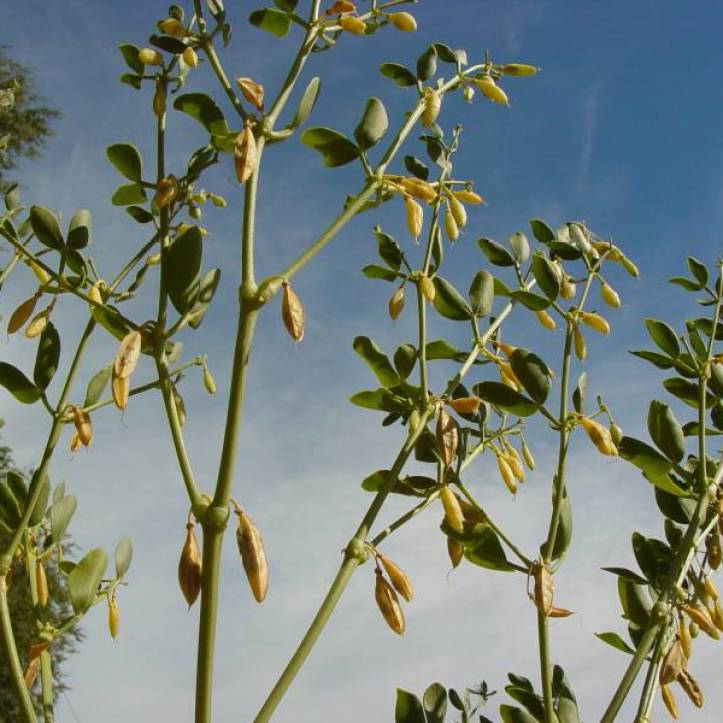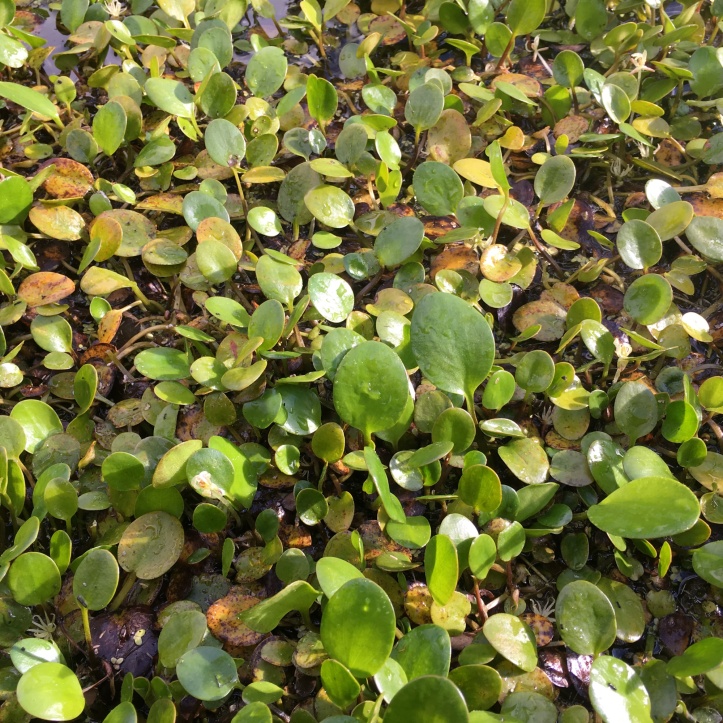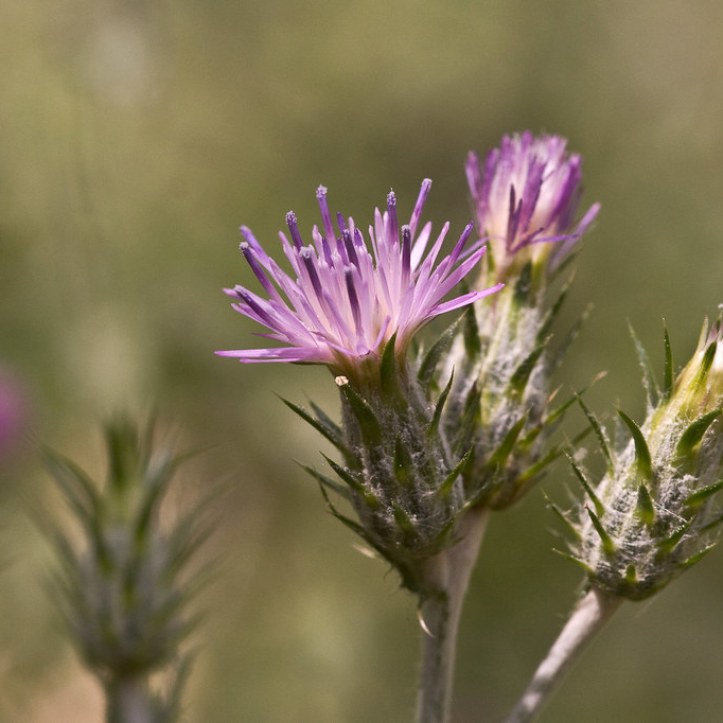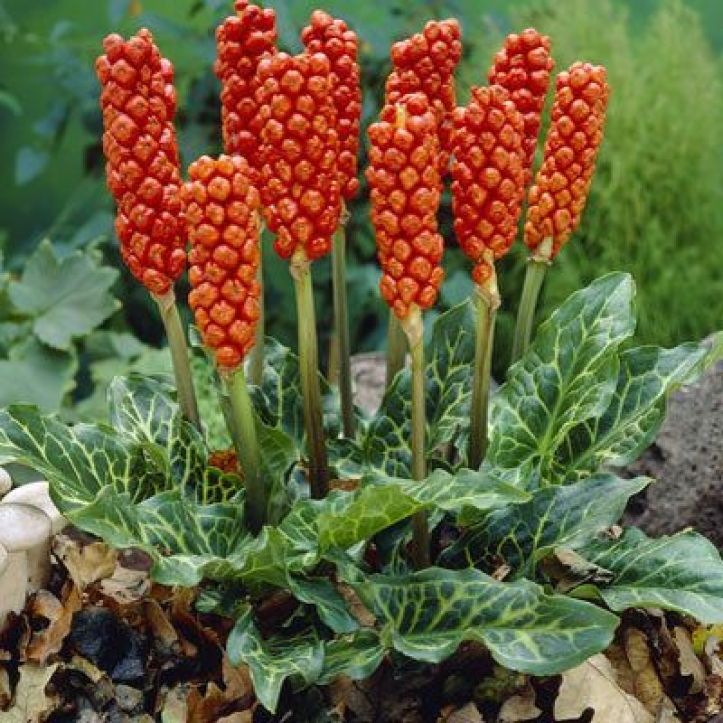Jump to:
Every year since 1997 the King County Noxious Weed Control Board comes together for a special meeting where the public is invited to participate in the creation of the current year’s Noxious Weed List. The 2022 King County Noxious Weed List was made official on Jan. 26 and includes updates that are adopted from the annual Washington State Noxious Weed List as well as county-specific updates that are recommended by the noxious weed control program staff.
For more background on the history of the noxious weed board and list check out this 2018 blog post: Passing the baton at the King County Noxious Weed Control Board (and a little history) – Noxious Weeds Blog (kingcountyweeds.com)

Weed laws about weed lists
This year’s update included six new weed additions and a lot of changes to last year’s list. The state weed laws are quite complex. Only the State Weed Board can designate a species as a noxious weed in legal terms. The state produces its own list every year and depending on the new weed’s classification, counties may or may not have to add the updates to their own list.
It’s hard to simplify law, but this is the gist of it in terms of when the state adds new weeds to their list:
Class A (must eradicate): Counties must add these as regulated weeds.
Class B designate (must control): Counties must add these as regulated weeds.
Designation varies from county to county, and weed boards can propose these weeds to not be designated required for control if there is a large amount of the weed in their region at a state board meeting prior to the new list’s creation.
Class B non-designate (control recommended, not required): County weed boards do not have to list the weed but can choose to select it for required control within their county or add it for educational purposes due to local impact.
Class C (control recommended, not required): County weed boards do not have to list the weed but can choose to select it for required control within their county or add it for educational purposes due to local impact.
This year’s list updates
New additions


(left)
Hanging Sedge, Carex pendula, Carex pendula ssp. pendula, & Carex pendula ssp. agastachys
(right)
Rough Chervil, Chaerophyllum temulum
Hanging Sedge and Rough Chervil were given the same rules for regulation and classification. Class B on the state level, required for control in all counties except for King County, where it is already widespread and would not be reasonable to require control for. It is a non-regulated Class B on the county level with required control on the Green River and its tributaries upstream of Auburn and on the Cedar River and its tributaries upstream of Renton. This area lies within existing King County riparian project areas.

Wild basil/basil savory, Clinopodium vulgare
Designated Class B on state level, turns naturally into a regulated Class B on the county level.
Green alkanet, Pentaglottis sempervirens
Class C on the state level, and the board agreed to add to the county list as a Class C non-regulated weed for educational purposes.
[PC: Ben Legler 2004]


Bur Chervil, Anthriscus caucalis
Not on the state weed list or monitor list. The county chose to add this as a Weed of Concern due to its invasive behaviors in addition to being widespread.
[PC: Ben Legler 2005]
Vested Blackberry (previously European blackberry), Rubus vestitus
Not on the state weed list or monitor list. The county chose to add this as a Weed of Concern after it was proposed by a member of the public at last year’s hearing and due to its invasive behaviors in addition to its potential to expand the footprint of invasive blackberries in King County.

Class and definition changes


Common Tansy, Tanacetum vulgare (left)
Class change on state level from Class C to Class B with designation in seven counties not including King County. Now a non-designated Class B on the state list, naturally turns into a non-regulated Class B on the county list (formerly Class C non-regulated).
Wild Carrot, Daucus carota (right)
Remains a Class C on both county and state levels. Added wording in species definition to clarify that this listing excludes the garden carrot variety subspecies, Daucus carota ssp. sativus, for agricultural protection purposes.
[PC: Ben Legler]

Bindweeds, Latin name change and species clarification
Current Latin name is native! Prior to 2018, all were confused as Calystegia sepium, but now distinguished into three different species with the names:
- Native hedge bindweed: Calystegia sepium ssp. angulata
- Large bindweed: Calystegia sylvatica
- Hybrid bindweed: Calystegia xlucana
Common name changes
Many of our weeds’ common names changed this year. We are trying to encourage normalizing changing the way we speak about non-native plant species. Traditionally, many plants were named with reference to their origin country. We find this unnecessary and unhelpful in terms of clarifying the traits of the actual plants. Nationalizing the plants can have impacts on the origin country’s communities by encouraging xenophobia, especially due to how we speak about non-native plants (aggressive, invasive, “alien,” etc.).



Syrian bean-caper
to bean-caper,
Zygophyllum fabago
(Class A) *
- We don’t have any other bean capers with this common name in the region to have the need to differentiate.
[PC: Richard Old]
Vochin knapweed to
short-fringed knapweed,
Centaurea nigrescens
(Class A)
- Vochin is not descriptive, and it is important to be able to differentiate knapweeds from each other because there are super small ways to tell them apart.
- This one has a short-fringed characteristic on the bract, so the new name is helpful. short fringes of the bract don’t overlap each other, where in other knapweeds they tend to overlap.
[PC: Wayne C. Weber 2007]
Oriental clematis
to orange peel clematis,
Clematis orientalis
(Class A) *
- Orange peel clematis is another common name for this species that is already used in other sources.
- It has yellowish-orange sepals that somewhat peel back when they’re blooming that have been said to resemble an orange peel.



Spanish broom
to rush broom,
Spartium junceum
(Class A) *
- Rush broom is another common name for this species that is already used in other sources.
South American spongeplant
to smooth frogbit,
Limnobium laevigatum
(Class A) *
- Smooth frogbit is another common name for this species that is already used in other sources.
- “Smooth” is an identifying/descriptive feature of this species.
Turkish thistle
to ashen thistle,
Carduus cinereus
(Class A) *
- Its species name “cinereus” translates to “ashen” in Latin.
- Ashen is more descriptive of its coloring and texture as it is greyer and woolier in texture than other Carduus species.



Italian Thistle
to shore thistle,
Carduus pycnocephalus
(Class A) *
- Shore thistle is another common name for this species that is already used in other sources.
Malta starthistle
to tocalote,
Centaurea melitensis
(B-reg) *
- Tocalote is another common name for this species that is already used in other sources
- Modification of Spanish “chicalote,” a white-flowered prickly poppy, Argemone platyceras.
Italian arum to
orange candleflower,
Arum italicum
(C-NonReg) *
- Orange candleflower is another common name for this species that is already used in other sources.
- New name is more descriptive of the plant’s features.
*Previous common name was nationalistic and not descriptive of the plant.
For more information about any of the mentioned weeds, find their detail pages on our King County Noxious Weeds website or on the Washington State Noxious Weed Board website.
Last year’s changes maintained
Changes made to last year’s list were maintained this year. To see last year’s changes, visit our blog post on the 2021 list update: 2021 King County Noxious Weed List is official – Noxious Weeds Blog (kingcountyweeds.com)
I am going to need more clarification regarding Hedge Bindweed. From this blog I get the impression that some varieties are native? All three of the subspecies listed in your blog? Any other subspecies are non-native and control is recommended? How do we tell them apart?
Hi John! Yes. There is a native variety that doesn’t grow as aggressively which is now officially refferred to as Calystegia sepium ssp. angulata. Previously, this bindweed as well as 2 others were all called Calystegia sepium. The supspecies angulata is the native. The two other bindweeds that were previously grouped with the native are large bindweed (Calystegia sylvatica) and hybrid bindweed (Calystegia xlucana). For differentiation, refer back to the image in that section-the top illustration and image are the native hedge bindweed, and the bottom illustration and image are invasive large bindweed. The key differences are in the sepals, as seen in the illustrations. The native species sepals have a space and do not overlap, whereas the invasive variety overlaps. Let me know if you need more clarification! Thanks for asking.
Thank you. That sounds pretty clear, so I’ll be checking out all of “my bindweed” this summer to see if any of it can be left alone.